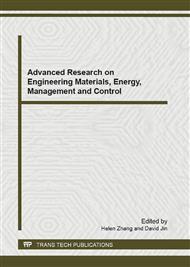p.476
p.480
p.484
p.488
p.493
p.498
p.502
p.506
p.511
Bioinformatics Analysis and Characteristics of US2 Protein Encoded by the Newly Identified US2 Gene of Duck Enteritis Virus
Abstract:
In this article,we intend to provide readers with some bioinformation of DEV Us2 protein,for little information of this protein has been cited online.Us2 protein encoded by the DEV-US2 gene is one of the DEV tegument proteins. Like most members of the alphaherpesvirinae,the genes in the US region of its genome are well conserved,which means that both the major DEV protein Us2 and alphaherpesvirinae protein Us2 possess the similar functions.Us2 protein sequence analysis indicates that the protein possesses typical characteristics of tegument protein.The precursor Us2 consists of 239 amino acids and exhibits a molecular mass of 34 kDa. In conclusion,all the datas and consequences will provide a basis for further functional study of the DEV-Us2 protein and provide necessary datas for the new type clinical diagnosis of DEV and the development of new DEV vaccine.
Info:
Periodical:
Pages:
493-497
Citation:
Online since:
January 2012
Authors:
Price:
Сopyright:
© 2012 Trans Tech Publications Ltd. All Rights Reserved
Share:
Citation:


